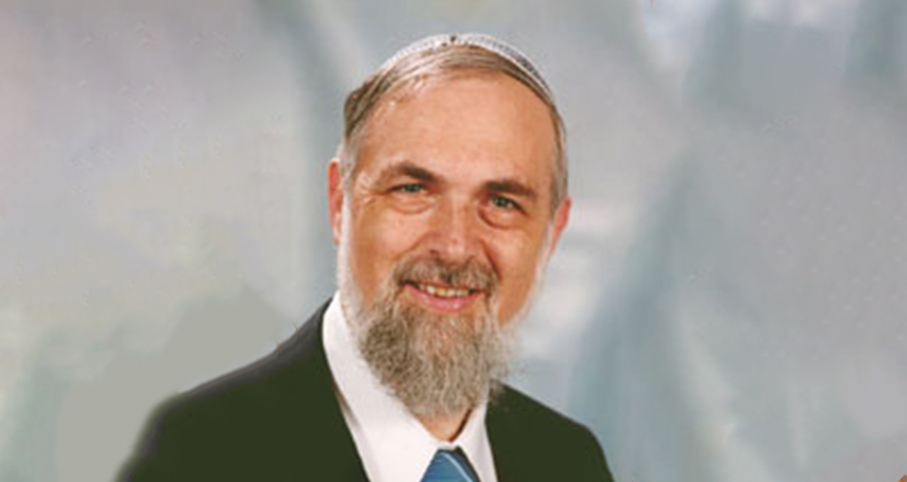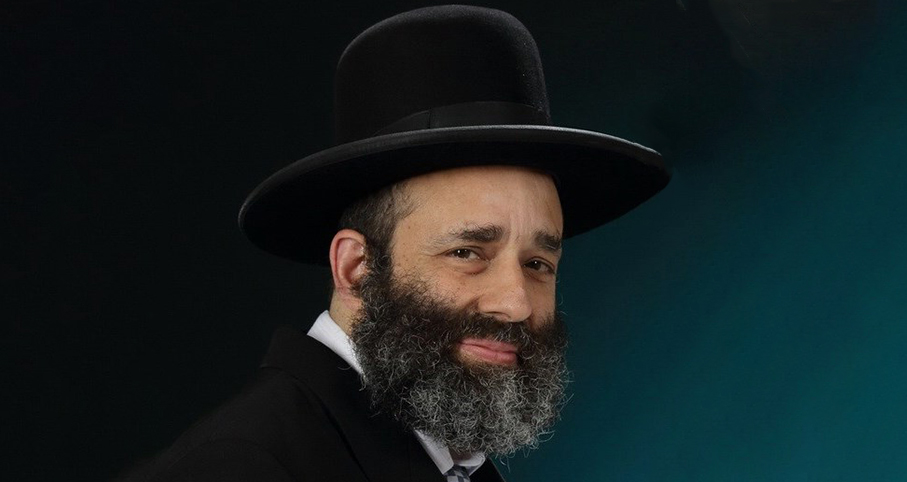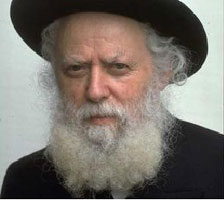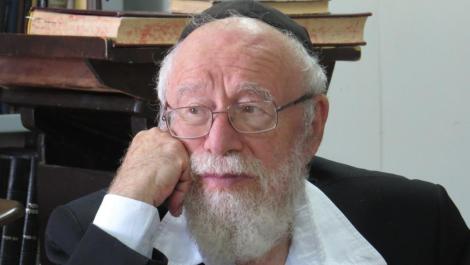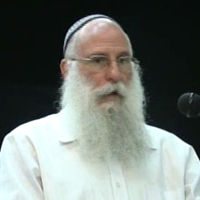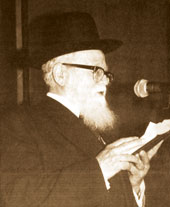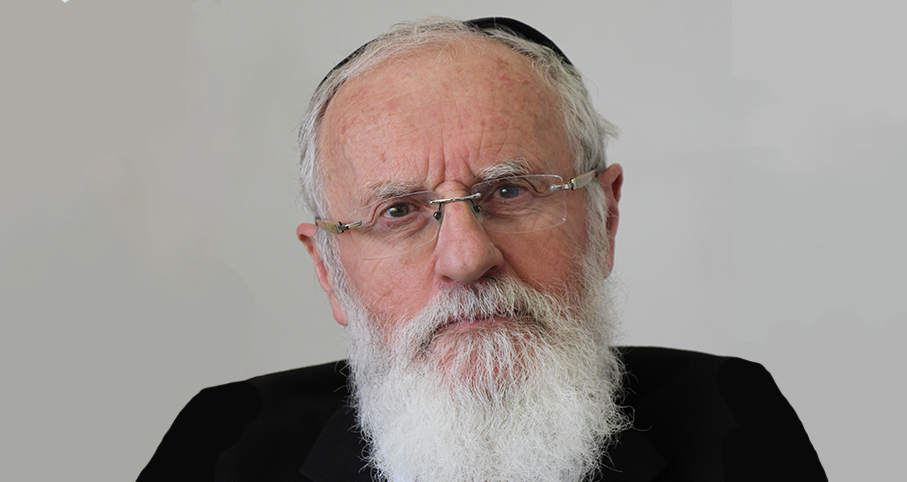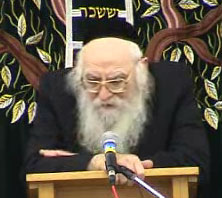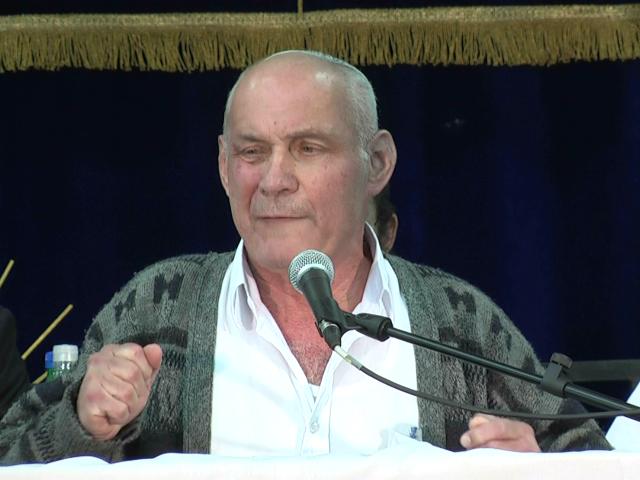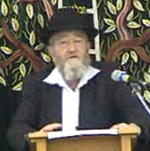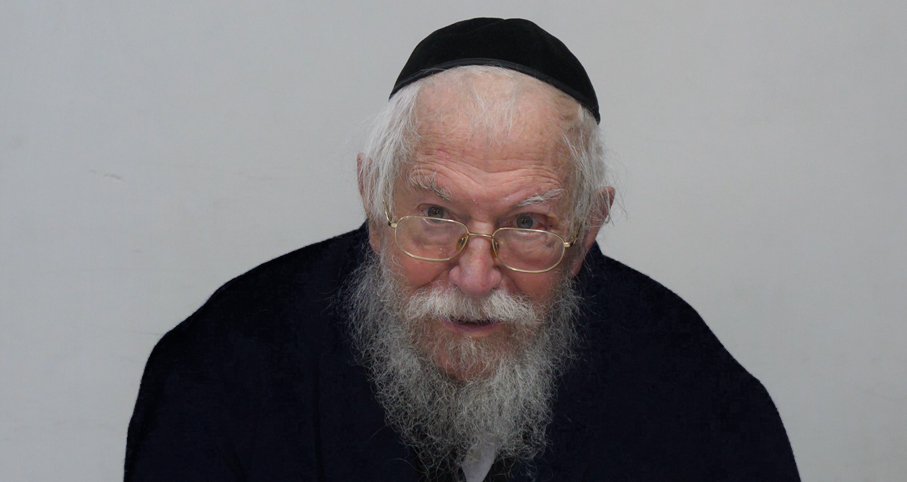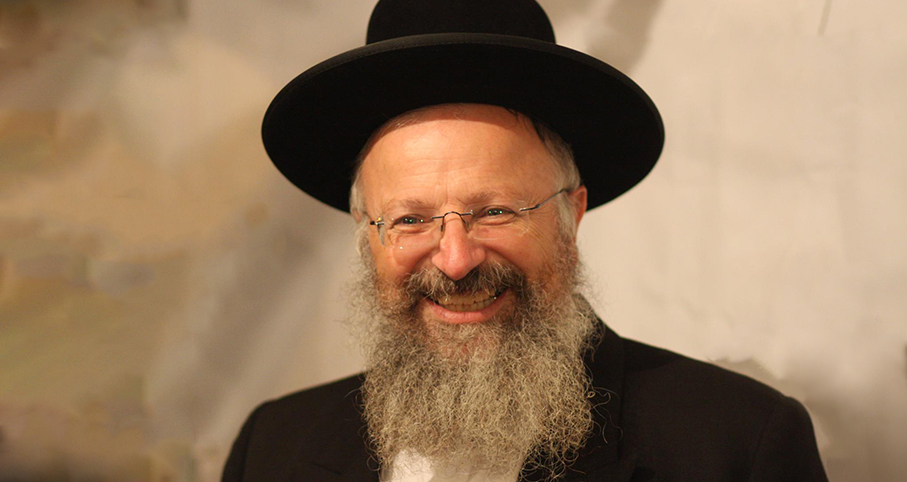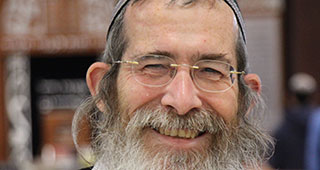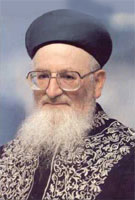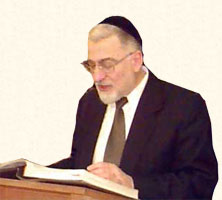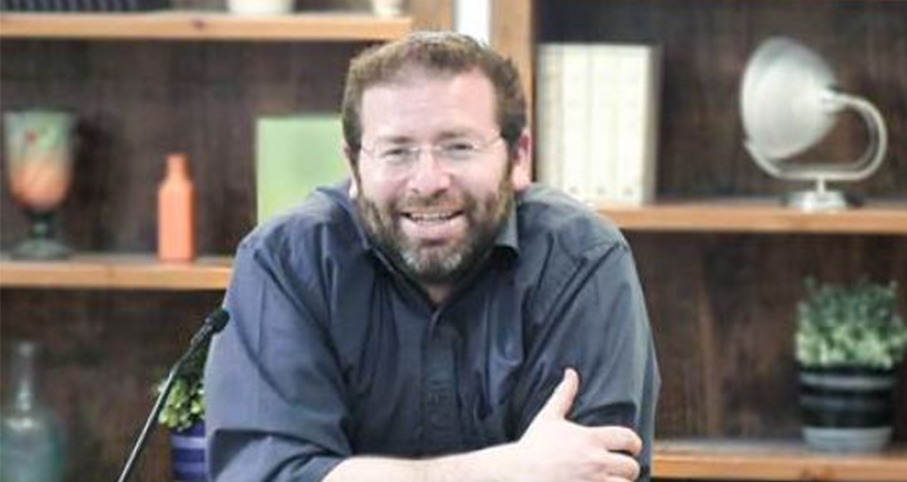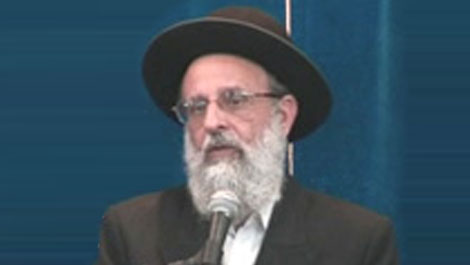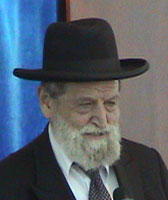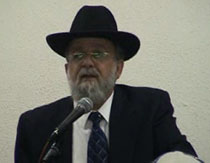Beit Midrash
- Shabbat and Holidays
- Shabbat
There is an entire tractate of the Talmud on the subject of eiruvin. Eiruvin is a very complicated and technical subject requiring diligent study, great knowledge and expert practicality in execution. Throughout Jewish history, Jewish communities always built eiruvin for their Shabat welfare and communal harmony. There was a period of time in the early twentieth century when many major Jewish communities did not have an eiruv for various financial, technical and halachic reasons. However, today almost every Jewish community of some note does have an eiruv. The irony is that the eiruv which was meant to promote unity and harmony in Jewish communal life has in our time often spawned rabbinic disputes, community and even family divisiveness and is in certain communities a bone of contention instead of being a universally accepted concept and a practical reality and necessity. All of the major cities, let alone the smaller communities of Jewish continental Eastern Europe had an eiruv and it was an integral part of Jewish life. Rabbinic responsa is replete with questions regarding eiruvin and it remains a widely discussed and studied subject in all rabbinic and Talmudic circles. The construction of an eiruv remains a very expensive project. After the construction is completed there is an ongoing cost of maintenance and the weekly inspection of the eiruv to determine that it has not been damaged. All of this requires funds and budgets and people.
Here in Israel the eiruvin in all of our communities is under the general auspices of the Chief Rabbinate with individual neighborhood eiruvin under local rabbinic authorities not necessarily affiliated with the Chief Rabbinate. For many decades the support and construction of eiruvin was a part of the larger budget of the Ministry of Religions and the local municipality budget. However, the Ministry of Religions has been phased out and the budget for eiruvin has been cut by an outrageous ninety percent! Because of this many of the eiruvin in the country are of tenuous validity due to the lack of proper and ongoing maintenance. The entire eiruv here in Jerusalem, encompassing one hundred twenty two kilometers, is in the process of being rebuilt and restored to its original high halachic standards. In the most part there is little if any governmental funds allocated to this vitally necessary project. Throughout the Diaspora the burden of maintaining eiruvin is the responsibility of the synagogues and families of the community who are so clearly the beneficiaries of the existence of an eiruv in their midst. Here is Israel the community unfortunately has been educated over the decades to look to the government for financial solutions to all of its problems. But the tide is slowly turning at least in regard to maintaining eiruvin. The community and families that use the eiruv and to whom its existence is a necessity are duty bound to help support its maintenance and existence. We can thereby contribute to the great sense of harmony amongst us that eiruvin is meant to inspire and create.
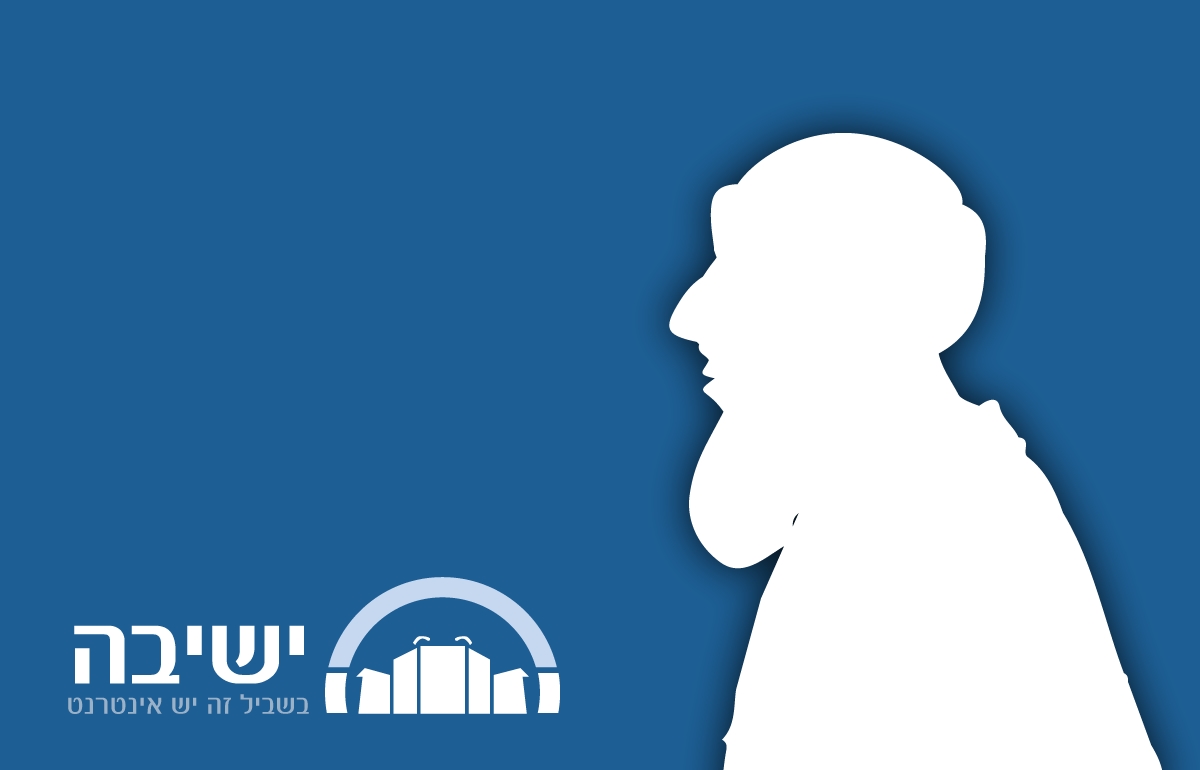
Responsive Baby Bassinet
Rabbi Daniel Mann | Sivan 23 5782

Ask the Rabbi: “Cooked” and Sweetened Wine for Kiddush
Rabbi Daniel Mann | Tevet 5785
